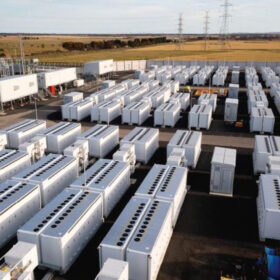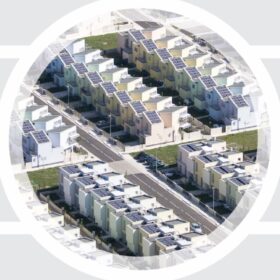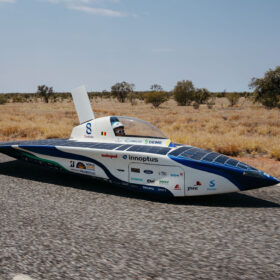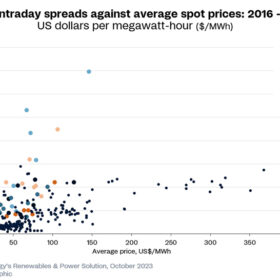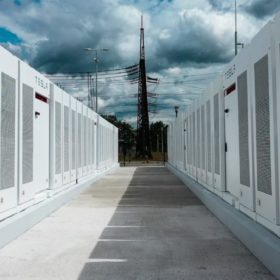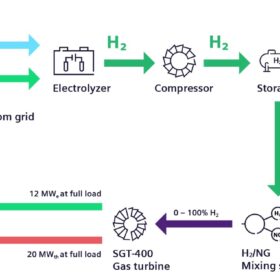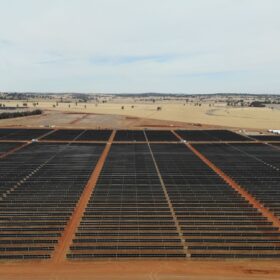Solar module prices dive to record low
In a new weekly update for pv magazine, OPIS, a Dow Jones company, offers bite-sized analysis on solar PV module supply and price trends.
Transformer shortages: New bottleneck of the energy storage supply chain
Transformer shortages are taking their toll on battery energy storage system (BESS) integrators, as competition in the market intensifies.
JinkoSolar claims 26.89% efficiency rating for new N-type solar cell
JinkoSolar claims that its new 182 mm n-type monocrystalline silicon solar cell has reached a maximum solar conversion efficiency of 26.89%. It says the achievement has been independently verified by a third party.
Strategies to develop ‘solar neighborhoods’
Researchers from the Australian PV Institute are part of an international group of scientists that have devised a list of recommendations to support the creation of solar neighborhoods. In a recently published study they highlight the importance of legislative frameworks and advanced computing.
Belgians beat wind to claim World Solar Challenge
Belgian Solar Team Innoptus has claimed back-to-back Bridgestone World Solar Challenge titles, beating home dozens of competitors from around the world to win the 3,000 kilometre race through Australia’s outback.
Powin and Hitachi Energy form strategic alliance for power control systems
Hitachi Energy will take majority ownership in eks Energy, a power electronics and energy management solutions provider.
Australia labelled world’s ‘most volatile’ electricity market
Australia’s power market is experiencing the most pricing fluctuations of anywhere in the world, according to research from Rystad Energy. This volatility is a result of unplanned coal plant outages, natural disasters impacting transmission lines, and high solar penetration pushing down midday prices.
Aiko Solar presents 24.0%-efficient solar modules
The Chinese manufacturer presented its AIKO-A-MAH72Mw, AIKO-A-MAH54Mb and AIKO-A-MAH54Mw modules at the Fintec event in Barcelona. The new products rely on the company’s all-back-contact (ABC) cell technology and feature a temperature coefficient of -0.26% per C.
Tesla solar business slips 48% year-over-year
Meanwhile, the automaker’s energy storage unit boosted revenues by 40%, according to its Q3 earnings report.
Gas turbine driven by 100% renewable hydrogen for first time
The Siemens Energy-led Hyflexpower consortium has conducted a series of tests on a gas turbine located on the premises of Smurfit Kappa, a paper-based packaging supplier.

